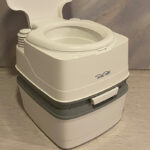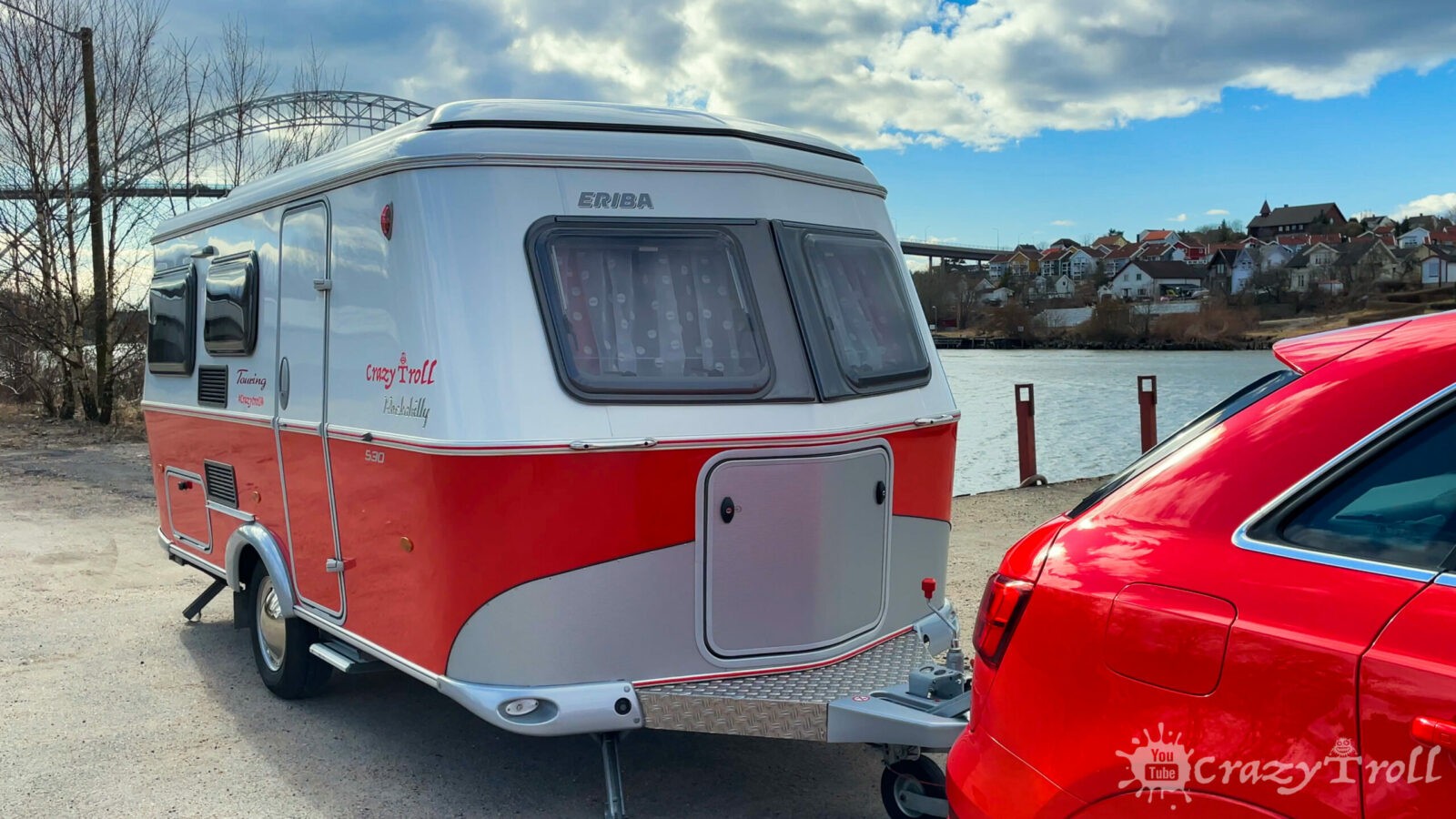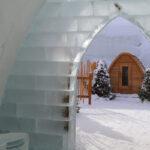Vans are special vehicles to travel in because, unlike cars, the rear part looks like a house. When traveling, we carry luggage and personal effects. A cabinet is necessary to keep our bags and provide ample space.
Camper cabinets are constructed on the rear part of vans to provide packing space for personal belongings. They are made of plywood and light wooden chips. The cabinets are not only storage areas but also add to the glamor of the van. When constructing a camper cabinet, you should take measurements accurately to fit nicely on the van’s walls and add to its beauty.
Building a camper cabinet is a simple task that requires minimal skill, but you have to follow the right steps and use the right materials. This post outlines the steps to follow when building a cabinet for your van and the suitable materials. Read on and learn more.
What Materials Do You Need to Build a Camper Cabinet?
The main materials you need when building a camper cabinet are wood and Plywood. However, not all wood types are suitable. To ease construction and avoid adding too much weight to the van’s rear end, the wood chips used should be light and easy to drill.
Before you start building a cabinet for your van or kitchen, you need the following materials.
- 1/8 plywood
- ¾ plywood
- Light wooden chips
- Pocket hole jig kit
- Plus nuts
- C-Clamp
- Pocket hole screws and finish nails
- Gas struts
- Hinges and latches
- Corner braces
- A tape measure
- A pencil and a ruler
- Power generator
Here are the steps you should follow when building a camper cabinet.
How to Build Camper Cabinet
Building a camper cabinet involves three main stages. The first stage is cutting the chips and building the frame, then fixing the back, bottom, and top with plywood. The last stage is fixing the doors. The following are steps followed when making a cabinet for your van.
Step 1: Examine the holes on the van wall
The van walls come with pre-drilled holes for your cabinet. The first step in building your cabinet is locating and examining the holes. The hole size dictates the size of the gas struts and where to drill holes on the plywood to fit exactly on the holes. After marking the position of the holes on the back panel, you can drill the holes using your pocket hole jig kit.
This should be simple since the plywood is thin and mainly meant to add to the aesthetic value of your cabinet.
Step 2: Using a pencil and a ruler, sketch the cabinet
A plan is crucial because it guides you on the size of different materials to use. Before building your cabinet, draw its sketch and indicate the measurements. The size of the van bed should guide you on the size of the cabinet to make.
Step 3: Measure and cut the wooden chips accurately
After cutting and drilling holes on the back panel, you should build a frame for your cabinet. The frame is made from wooden chips. First, you should measure the size of the chips to fit into the van bed without exerting too much weight on the van. Cut the chips accurately and drill holes on the edges to make butt joints. The frame you make should fit perfectly to the van bed.
Note that the camper and the entire luggage should be less than the weight supported by the rear wheels. Paulownia wood is the lightest and hence ideal for the wood chips.
Step 4: Join the Wooden Chips to Make a Frame
When the chips are ready, join them using glue and finishing nails. The 18-gauge nails are ideal for joining the chips to a frame because they are not highly visible.
Once the frame is ready, attach the base ¾ plywood and the partitions in the camper using the same plywood. Note that the base ply and the one used for portioning are thicker than the back panel because of the weight they support.
Step 5: Create Pocket Holes on Each Panel Using the Pocket Hole jig
Pocket holes create joints where screws will be fixed when joining the partitioning plywood with the back and base panel. The hole jig is powered by a generator and creates holes where the boards are bound to the frame.
Step 6: Fix the frame and panels to the Van wall through the pre-drilled holes and fasten the joints using the struts.
Then, join the top panel to the frame using glue and screws. When fixing the frame to the van bed, it is crucial to ensure it is at a good height to avoid hitting van users or making them uncomfortable while moving around.
Step 7: Construct the panel doors using thick plywood, hinges, and latches
You need plywood, hinges, latches, and door handles to build your cabinet door. The first step in creating a door is cutting the plywood to fit the door spaces on the cabinet accurately. A saw will help you cut the ply, but you should ensure accurate measurement to avoid doors hanging loosely or leaving uncovered space at the edges,
Using size 4 screws, fit the hinges to the door and the wall of the cabinet. Freezer hinges are the best because when open, they leave your door resting horizontally.
Next, fix the door handle to the door before joining it to the upper panel of the cabinet.
Step 8: Reinforce the joints on the panels using screws
Finish nails are suitable for creating butt joints while joining the panels to the frame because they are almost invisible, but they are not strong enough. To prevent the camper from collapsing, you should reinforce the joints using size 4 screws.
Final thoughts
Camper cabinets are essential in our vans, kitchens, and study areas. They provide storage spaces for our items and make our vans and houses look neat. Before building a cabinet, get the right materials and use accurate measurements for a perfect finish.








